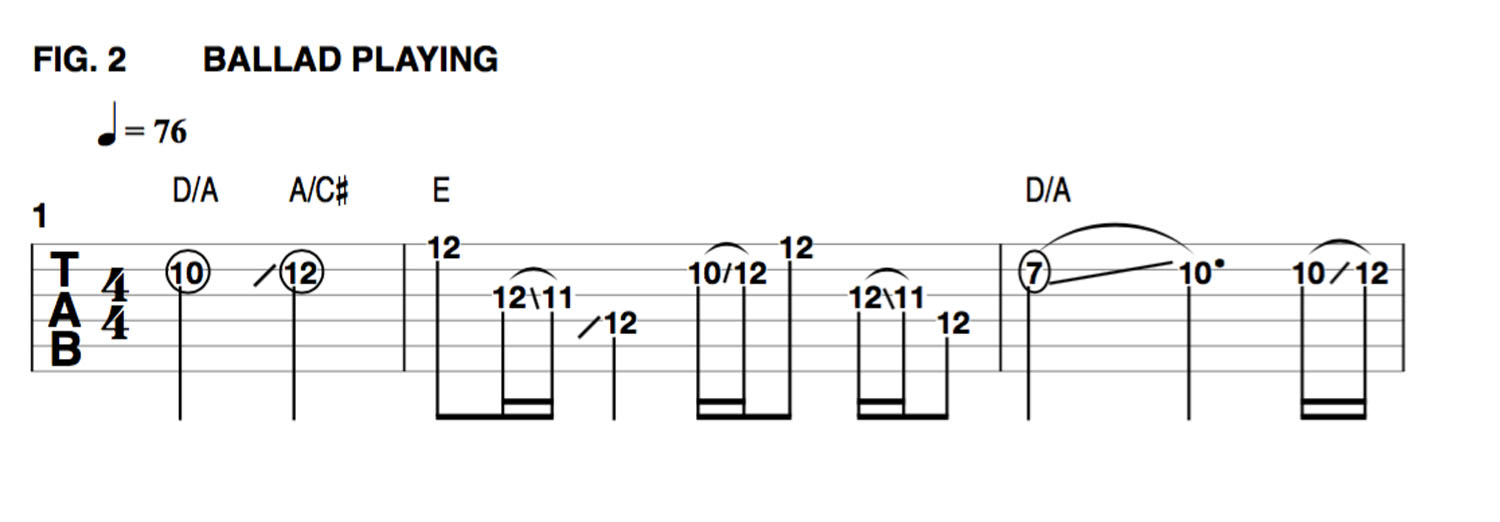4 slide guitar tricks you can learn from Little Feat's Lowell George
The guitarist from Jimmy Page's "favorite American band" had a phenomenal gift for using different styles tastefully

Despite earning huge respect from fellow musicians and those in the know, Lowell George remains largely ignored by posterity.
In addition to providing lead vocals and slide guitar to seven albums as a founding member of Little Feat, he also worked as a producer for artists including the Grateful Dead, as a successful session player, as part of Zappa’s Mothers of Invention and as a solo artist.
All this in a career that tragically ended with his death in 1979 aged just 34, after a life of alcohol and drug abuse. After Lowell left the Mothers, Little Feat formed and released their debut album in 1971.
Tensions often ran high within the group, and the members eventually disbanded in 1979, shortly before George’s untimely death (they would eventually reform much later with a new lineup). Yet despite rocky relationships and Lowell’s frustration with the music industry, Little Feat created an appealingly unique sound, mixing diverse musical genres and influences.
The seven studio albums recorded with George show an evolution in style and direction and explore influences from rock and roll, R&B, country, funk and jazz and are testament to Lowell’s talents.
It’s no wonder Jimmy Page proclaimed Little Feat to be his “favorite American band.” Despite never achieving huge commercial success, Waiting for Columbus is widely regarded as a brilliant live album and one that highlights George’s talents as a slide player, as well as Little Feat’s wide-ranging sound.
George’s slide tone was instantly recognizable and a key ingredient in early Little Feat songs, such as Dixie Chicken and Rock and Roll Doctor. Running his guitar through twin studio compressors produced a smooth tone with almost infinite sustain.
All the latest guitar news, interviews, lessons, reviews, deals and more, direct to your inbox!
He also almost exclusively tuned to open A (low to high: E, A, E, A, C#, A), which is the tuning used for all of the examples presented in this lesson.
The range of George’s slide playing reflects Little Feat’s eclecticism, being equally at home with slow melodic lines, subtle rhythm ideas and impressive, high-energy flurries of phrasing, all the while maintaining an instantly recognizable voice.
There’s a lot to be learned from Lowell George for any slide player who wants to expand their musical vocabulary with elements from a variety of styles, while always remaining tasteful and musically relevant.
Figure 1. Country-Blues Slide
Inspired by Lowell’s soulful slide work in “Dixie Chicken,” this phrase exemplifies just how good the guitarist was at crafting memorable, bluesy phrases that blended beautifully with the country-rock influences of Little Feat’s rhythm section.
As always, take care to achieve good intonation with the slide when moving quickly up and down the strings. This is accomplished by positioning the slide directly over each fret indicated, not behind it (to the left of it), where you would place your finger when fretting a string without a slide.
Figure 2: Ballad Playing
A more ballad-like approach with some deft string skipping really showcases the differences in tone among the guitar’s strings. There’s a great opportunity here to work on cultivating some subtly swooning slide vibrato, particularly in the first bar.
To achieve a sweet-sounding, vocal-like vibrato with a slide, gently and evenly wiggle it a generous distance back and forth across the fretwire, about the distance of a fret in either direction above and below the fret, which represents the central “target pitch.”
Figure 3: Low to High Fret Playing
Jumping with a slide between lower and higher positions cleanly and with good intonation can be a challenge, and it’s something that George was very adept at doing. In this example, we too are skipping strings, for an added challenge.
When moving quickly between different strings like this, it’s very important to make sure to mute those that you’re not playing on, to avoid unwanted vibrations and noise. This is something that can be done with the fingers of either or both hands.
Figure 4: Full Piece
Our final example demonstrates how George would make great use of his entire fretboard in a slide solo and employ varying rhythms to create interestingly captivating phrases. Be sure to mute the strings during the rests to create the desired “holes of silence.”
The notes in bar 10 are all played with one continuous slide on the 3rd string. And bar 12 offers good practice at lifting the slide off the strings for open notes then setting it down again.
Lowell George: Get the tone!

Lowell George used a chrome-plated socket wrench as a slide and favored a Fender Strat through two studio compressors into a Dumble amp. Any metal slide and guitar with high enough action will do here, while compression and light reverb will definitely help you emulate Lowell’s sustain and tone.
The audio demos of this lesson’s examples were recorded on a Strat with a steel slide, played through a clean Fender amp with two compressor pedals in line.
Harrison Marsh




